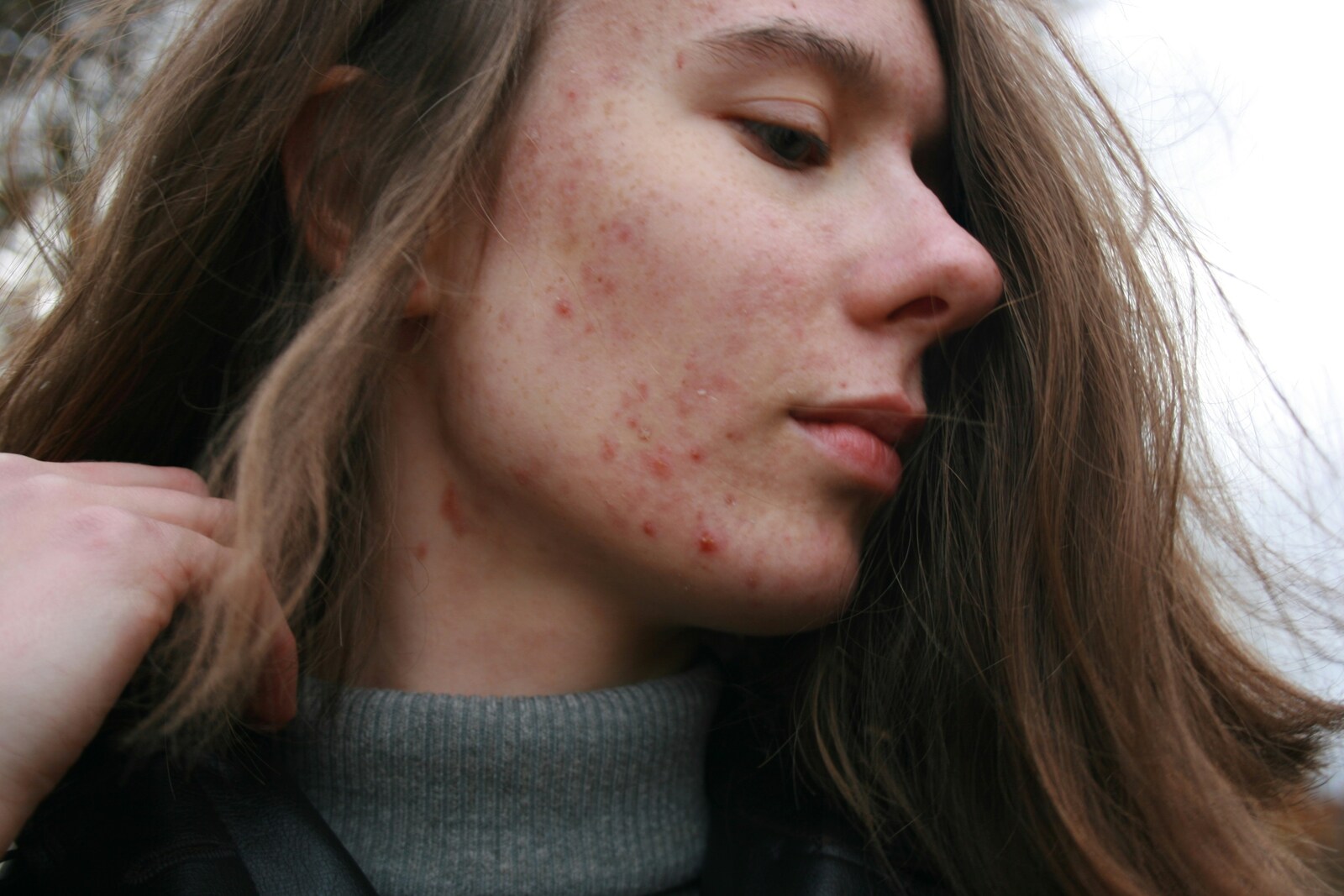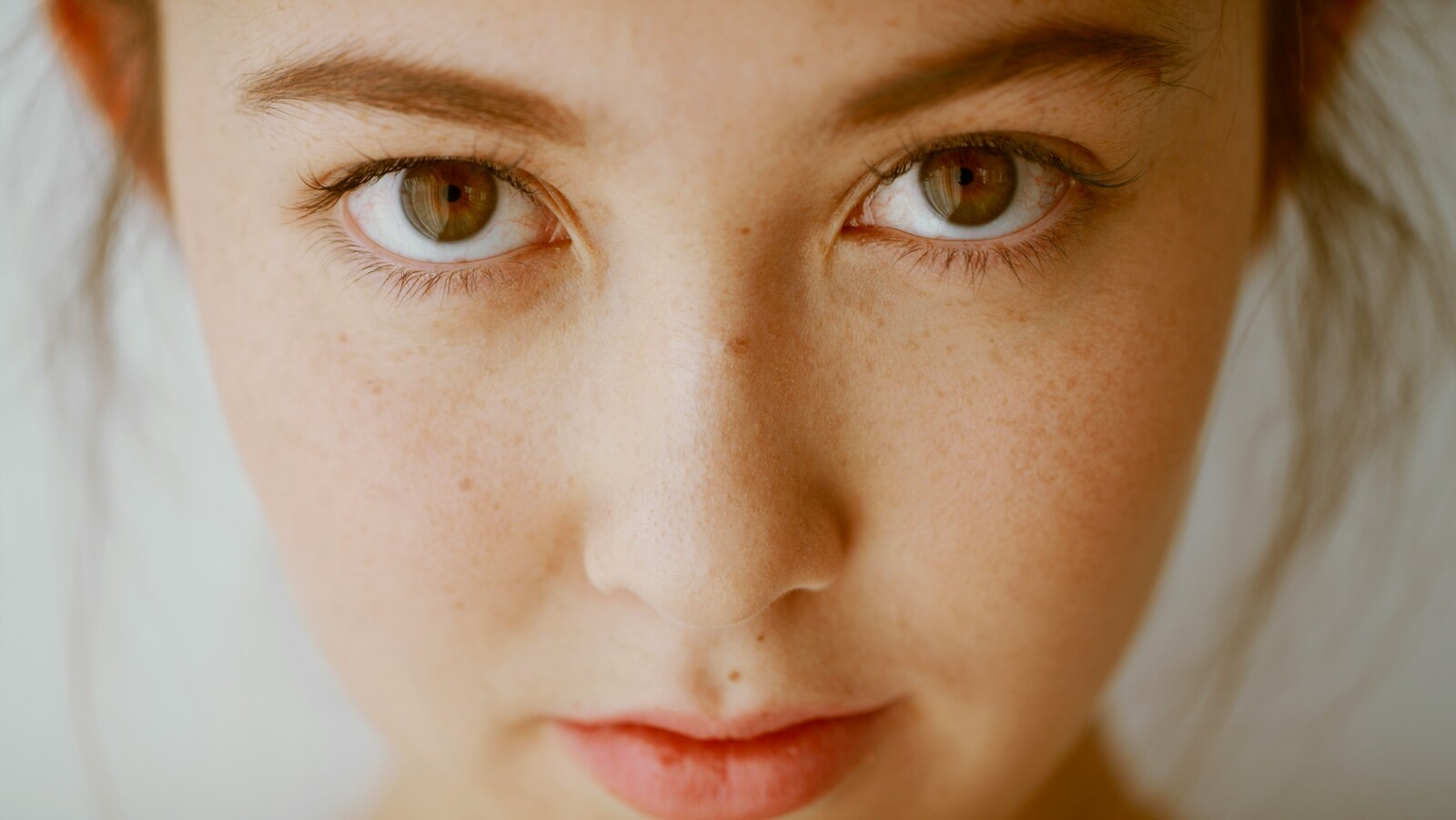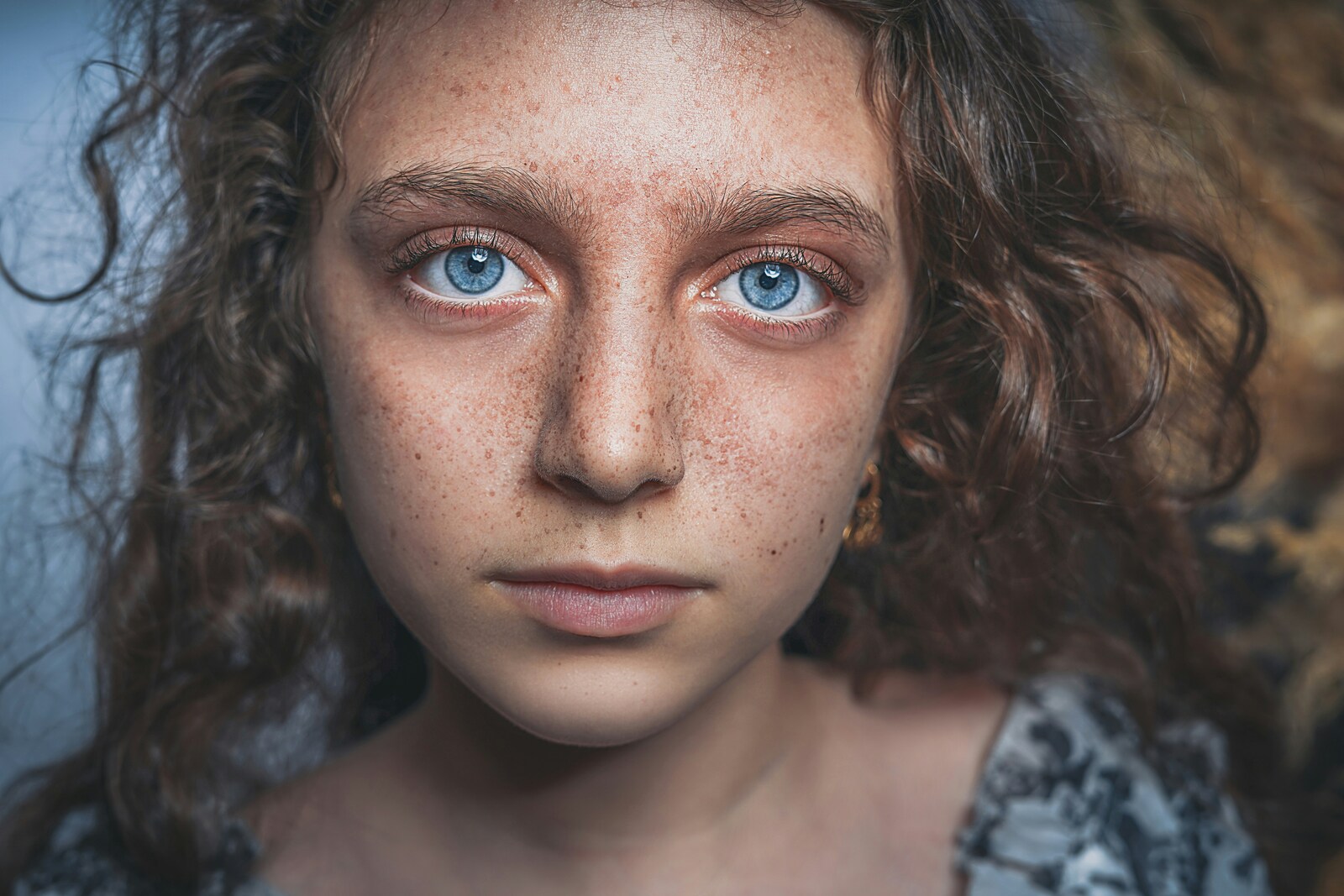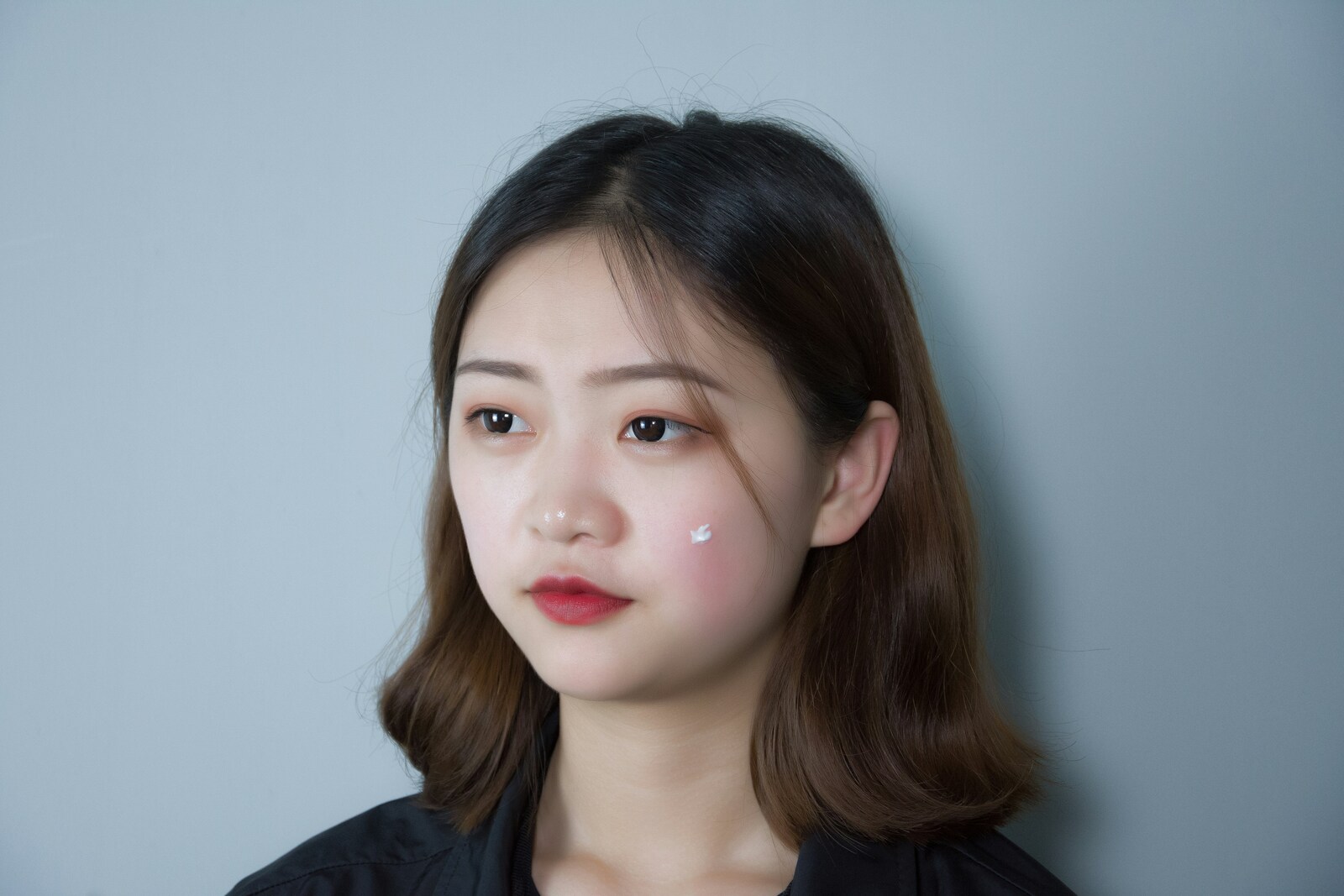
How To Get Rid of Stress Acne
By Sadia | Wednesday, May 28, 2025
Don’t you think it's weird that whenever there is a big presentation or some stressful event, there is almost always a big pimple accompanying it? Well, you’re not imagining things, and it's not a coincidence — in fact, this weird phenomenon is called stress acne.
This particular acne refers to the breakouts that flare up or get even worse when you’re under a lot of psychological pressure. Although stress on its own doesn't directly cause acne, it can absolutely make your existing skin issues more pronounced and tenacious. If you have ever found yourself breaking out during exam scenes, before an interview, or after a tough week, you will most likely experience the frustrating link between stress and your skin.
So, what really happens under the surface of your skin? When you start to stress, your body releases hormones like cortisol, which then triggers your skin's oil glands to go into overdrive. This excess oil then mixes with dead skin cells and bacteria, which leads to clogged pores and inflammation, all classic ingredients for a breakout.
Furthermore, stress acne can show up in different forms, i.e., blackheads, whiteheads, or even more inflamed bumps, and usually these appear suddenly. Therefore, making an already stressful situation even worse. This all sounds really harsh, doesn’t it? But don't worry. Having an understanding of how stress affects your skin is the first step to breaking this tedious cycle and finding a way to keep your complexion calm.
Symptoms of Stress Pimples
Probably the worst aspect about stress acne is that it looks similar to regular acne and can show up in a few different forms. For instance, you might notice blackheads, which are pores clogged with excess oil and dead skin, appearing as small, dark spots on your skin. Whitehead, which is another type that clogs pores and keeps them closed until they form a small white bump.
Whereas more inflamed lesions, like papules and pustules, appear as these red, swollen bumps that sometimes get filled with pus. Also, in more severe cases, nodules or crusts might start to develop, which are much larger, painful lumps that grow under the skin’s surface. Normally, stress acne shows up as a sudden flare-up or makes your already existing acne worse. Which, as mentioned, is usually triggered by increased hormone levels during stressful times.
Moreover, these breakouts commonly appear on the forehead, chin, and jawline, all areas retaining rich oil glands. If you want to distinguish between regular acne and stress acne, stress acne tends to look more inflamed or irritated and is sore to the touch. Just having an understanding of these symptoms can help you manage stress acne effectively early on by finding the proper skincare and stress reduction techniques.

Causes of Stress Acne
Hormonal Changes
As noted, stress acne is closely connected with your hormonal changes, usually triggered by psychological strain. When you are stressed, your body activates the hypothalamic-pituitary-adrenal (HPA) axis, which causes your body to produce more stress hormones such as cortisol.
This raised cortisol encourages the sebaceous glands in your skin to create more oil (sebum). Moreover, this access oil then clogs your pores and creates an environment where acne-causing bacteria thrive. Plus, stress also increases androgen levels, which further increases oil production, thus making stress acne more likely to flare up or make your existing breakout worse.
Cortisol Effects
Raising cortisol during your stressful period doesn’t just increase your oil production, but also promotes inflammation in your skin. This is due to the fact that cortisol triggers the discharge of inflammatory molecules that can aggravate acne lesions by causing redness and swelling.
Correspondingly, cortisol can also harm your skin’s natural barrier, which then loses its ability to protect against irritants and bacteria. This weak barrier then makes your skin more sensitive to breakouts and slows down healing, helping your pre-existing acne to flare up.
Barrier Impairment
Stress can also disrupt your skin’s barrier function, which is crucial for maintaining hydration and protecting your skin from environmental aggressors. In fact, when this barrier is compromised, your skin becomes more vulnerable to bacteria and irritants that trigger acne.
Besides that, chronic stress also affects your immune response, which reduces your skin's ability to fight off infections and inflammation. This strange combo of barrier impairment and immune suppression creates a perfect condition for your stress acne to grow or worsen, particularly in those who are prone to acne.

How to Treat and Prevent Stress Acne
Stress Management
Stress management is a significant component of curing and avoiding your stress acne. Deep breathing, meditation, and yoga practices are able to keep your mind at peace as well as decrease cortisol levels, which subsequently reduces excess production of oil and inflammation associated with stress acne.
In addition to this, ensure you sleep adequately every night to support your skin's natural healing and cope with hormones that influence acne. Likewise, regular exercise can reduce stress, as well as aid your blood flow, hence allowing you to supply oxygen and nutrients to your skin cells.
Skincare Routine
Gentle, regular skincare is also required in order to control your stress acne. For example, twice daily, you can use non-comedogenic and mild cleansers to wash away the excess oil and dirt without upsetting your skin.
Likewise, you can employ acne-fighting agents such as salicylic acid or benzoyl peroxide to open up pores and reduce the inflammation that usually comes with stress acne. If you're using moisturizers, ensure they are light and non-comedogenic to assist you in keeping your skin hydrated without clogging pores.
Also, do not use harsh scrubs or over-wash, as this can further irritate your skin and trigger more breakouts. Remember that having an equilibrated skincare routine based on your skin type can help heal and avoid future stress acne flare-ups.
Professional Treatments
If your over-the-counter products and lifestyle changes aren't helping you improve your stress acne, then it might be time to consult a dermatologist. These professionals aid you by prescribing strong medications such as topical antibiotics, retinoids, or hormonal treatments tailored to your specific skin needs.
Depending on some cases, oral medications like antibiotics or isotretinoin might be recommended for more severe or persistent stress acne. Plus, a dermatologist can also guide you on combining treatments safely and keep track of your progress to minimize any side effects. Finding a professional can help you get effective, personalized care to manage stress acne, while preventing scarring or long-term skin damage.

When to See a Healthcare Provider
If your stress acne starts to become irritating, painful, widespread, or starts leaving scars, then it's time to consult a healthcare provider. However, mild breakouts can usually be managed with over-the-counter treatments and lifestyle changes. However, intense or persistent acne might need professional care to make sure there isn’t any lasting skin damage.
Painful cysts or nodules, in particular, can cause you to have scarring if they are left untreated — this is why early intervention is necessary. A professional dermatologist can help you find the best treatment plan catered to your skin's needs and the harshness of your stress acne.
Furthermore, if you have been using over-the-counter products and are not seeing any improvement, or if your acne is affecting your self-esteem or mental health, then seeking medical advice is critical. Stress acne doesn’t just negatively impact your skin, but also takes a toll on your emotional well-being.
Visiting a healthcare provider will allow you to receive prescription medications that can support and manage both your physical and psychological effects of stress acne. Don’t be afraid to reach out if your stress acne starts to interfere with your quality of life, as these professionals can make a big difference.
Get Rid of Acne by Doing Face Yoga
Another excellent way for you to tackle these annoying breakouts is by practicing face yoga. Which is also a more natural way to support clear skin and improve your blood circulation as well as lymphatic drainage.
Moreover, these handy facial exercises can help you remove toxins, which can reduce your inflammation, and greatly decrease the intensity of your stress acne over time. This, combined with windful beating and cooling techniques, can help balance your skin oils and reduce the irritation on your skin.
While face yoga alone won’t completely help you clear your acne, it does complement traditional treatments by improving your skin health and reducing facial tension connected to stress acne. Plus, regular practice can help open lymphatic pathways, which encourages toxin release and supports your skin’s natural healing process.
If you are looking for the fastest and best result, then combining face yoga with a balanced diet, proper skin care, and stress management is a great way to tackle stress acne. Also, you can check out apps and tools like FaceYogi to help keep you on track.
Benefits of Face Yoga
Improved Circulation
As mentioned, the biggest impact of face yoga has on stress acne is better blood circulation. When you practice facial exercises, you stimulate blood flow to the skin, which allows it to deliver more oxygen and indispensable nutrients to your skin cells. Moreover, this improved circulation helps rejuvenate your skin, encouraging faster healing of acne lesions and reducing redness and inflammation that come with stress acne.
Additionally, better blood flow also supports collagen production, which improves skin texture and solidity. When practicing face yoga, you aren’t just improving your odds of fixing your stress acne, but also improving your skin’s natural ability to repair itself.
Lymphatic Drainage
Face yoga also helps in lymphatic drainage, which is excellent for removing toxins and reducing puffiness in the face. Plus, this system also helps flush out waste products and excess fluids that can result in inflammation and clogged pores, commonly triggered by stress acne.
Because of the gentle massage and targeted facial movements, face yoga helps in detoxifying your skin and reducing swelling. In fact, this detoxifying effect can calm irritating skin and prevent the buildup of any impurities that can aggravate stress acne.
Tension Reduction
Stress acne becomes worse because of the increased facial tension caused by stress and anxiety. Face yoga reduces this tension by making your face and jaw muscles relax, easing up any stress-related tightness.
When facial muscles are relaxed, your blood flow improves and skin starts breathing better, reducing the likelihood of breakouts connected to stress. Not to mention, lowering facial tension can decrease the production of stress hormones that can trigger stress acne. When you introduce face yoga into your daily routine, it offers a calming, mindful practice that isn't just benefiting your skin but also improving overall emotional wellness.
Effective Face Yoga Techniques
Practicing specific facial exercises can help tone your muscles and improve your overall skin health, particularly if you are dealing with stress acne. Easy but effective techniques like the Lion’s Breath, which requires opening your mouth wide and exhaling forcefully, can help discharge facial tension and improve your circulation.
Similarly, the Cheek Lifter requires you to smile widely while lifting your cheeks with your fingers, allowing for lymphatic drainage and reducing puffiness. If you want to further improve your odds, combine face yoga with a balanced diet and stress management.
You will need to eat nutrient-rich foods and practice relaxation techniques that can help lower your cortisol levels, tackling the root cause of your stress scene and allowing you to have healthier and glowing skin.
Considerations
Consistency is important when it comes to practicing face yoga, with benefits usually apparent after daily practice for a few weeks. Also, don’t forget, face yoga should be used for complementing and not replacing your existing acne treatment and skin care routine.

Conclusion
You can easily manage your stress acne by efficiently combining traditional treatment with natural practices like Face yoga, which will allow you to improve your circulation and reduce tension.
Don’t know where to start? Visit FaceYogi and discover a plethora of knowledge related to your facial problems. In fact, you can start by reading this article related to chin acne.
References
Cortisol. (2021, December 17). Cleveland Clinic.
Hypothalamic-pituitary-adrenal (HPA) axis. (2024, April 15). Cleveland Clinic.
Lymphatic drainage massage. (2021, September 17). Cleveland Clinic. Robinson, L. (2018, December 4). Stress management: Techniques to deal with stress. Helpguide.org.






